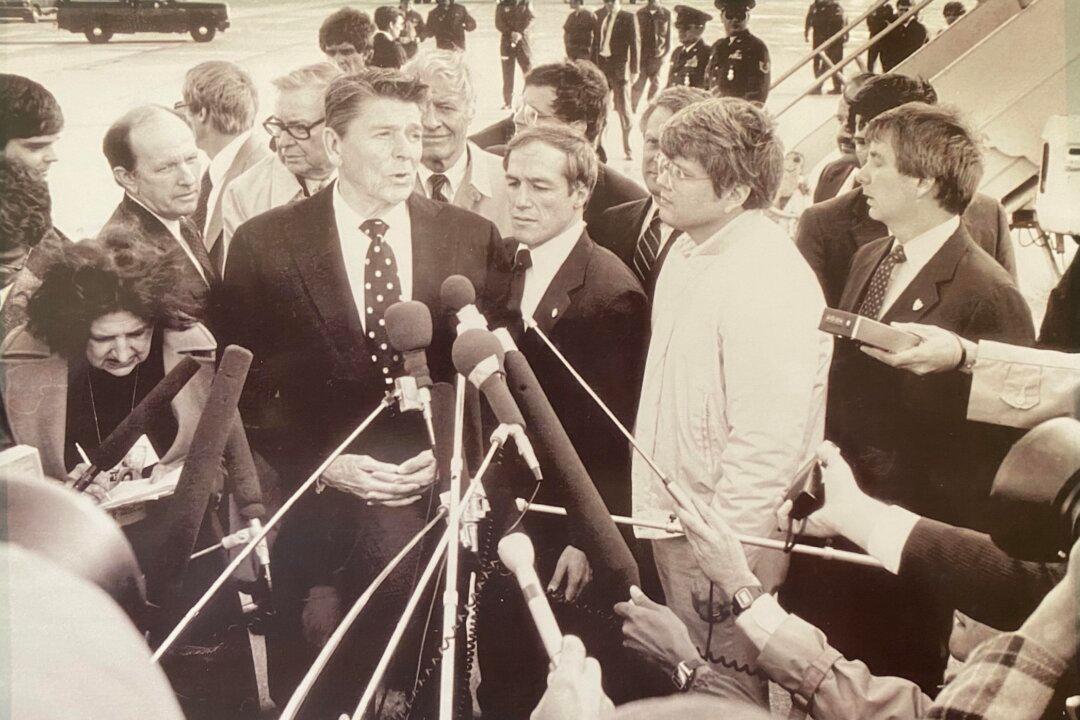It’s unquestionably the most important phone number in the country. The most recognizable, too.
911. The ubiquitous three digits that revolutionized emergency services in America. Experts call it the most “go to” number in the United States. Most citizens don’t care what you call it, so long as help is on the way.
Whether it’s reporting a crime in progress, reporting a fire, or requesting an ambulance, Americans use 911 in record numbers. More than 240 million calls are placed each year, according to the National Emergency Number Association (NENA). It is indeed the number America goes to when it needs help. That’s because the stakes could not be bigger.
And it all began 55 years ago in a 7.4-square-mile city tucked in the northwestern corner of Alabama: Haleyville, current population 4,100. The town’s place in the history books proves that great and gargantuan innovations can happen in small American places.
If a visitor wasn’t sure, a highway sign approaching the city announces its claim to fame: “Haleyville. Where 911 began.” There’s a bright red phone under glass at City Hall to prove it, too.




